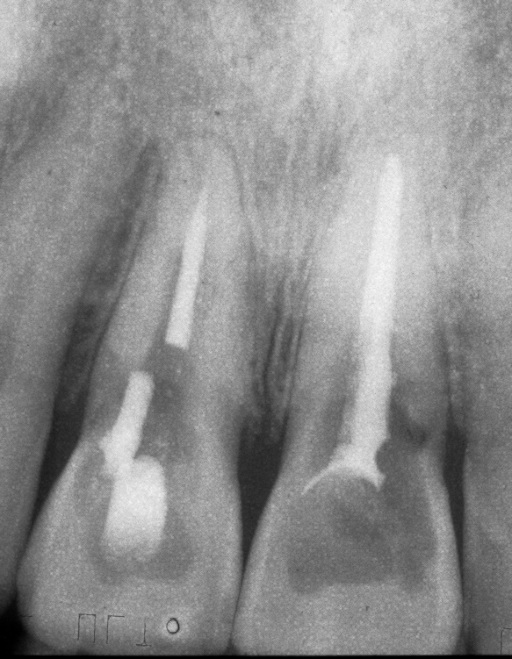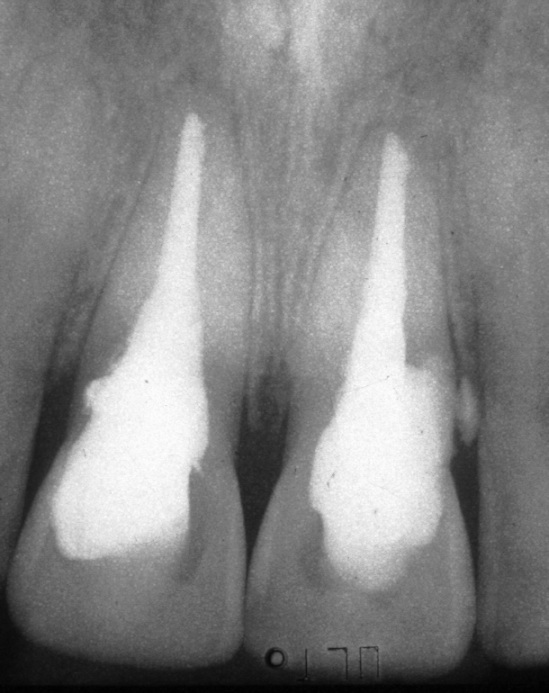Cervical resorption - Follow-up & prognosis




Treatment of cervical resorption does not necessarily involve the root canal, as the pulp is not primarily connected to cervical resorption. The controls are planned based on the size of the resorption, loss of dental hard tissue and possible pulpal involvement. Usually the first control is taken one year after filling the resorption. Very little data is available about the long-term prognosis of cervical resorptions. In large resorption the tooth structure is weakened to such extent that the possibility of tooth fracture is relatively high. Marginal but not apical periodontitis may also be a late complication of cervical resorption.